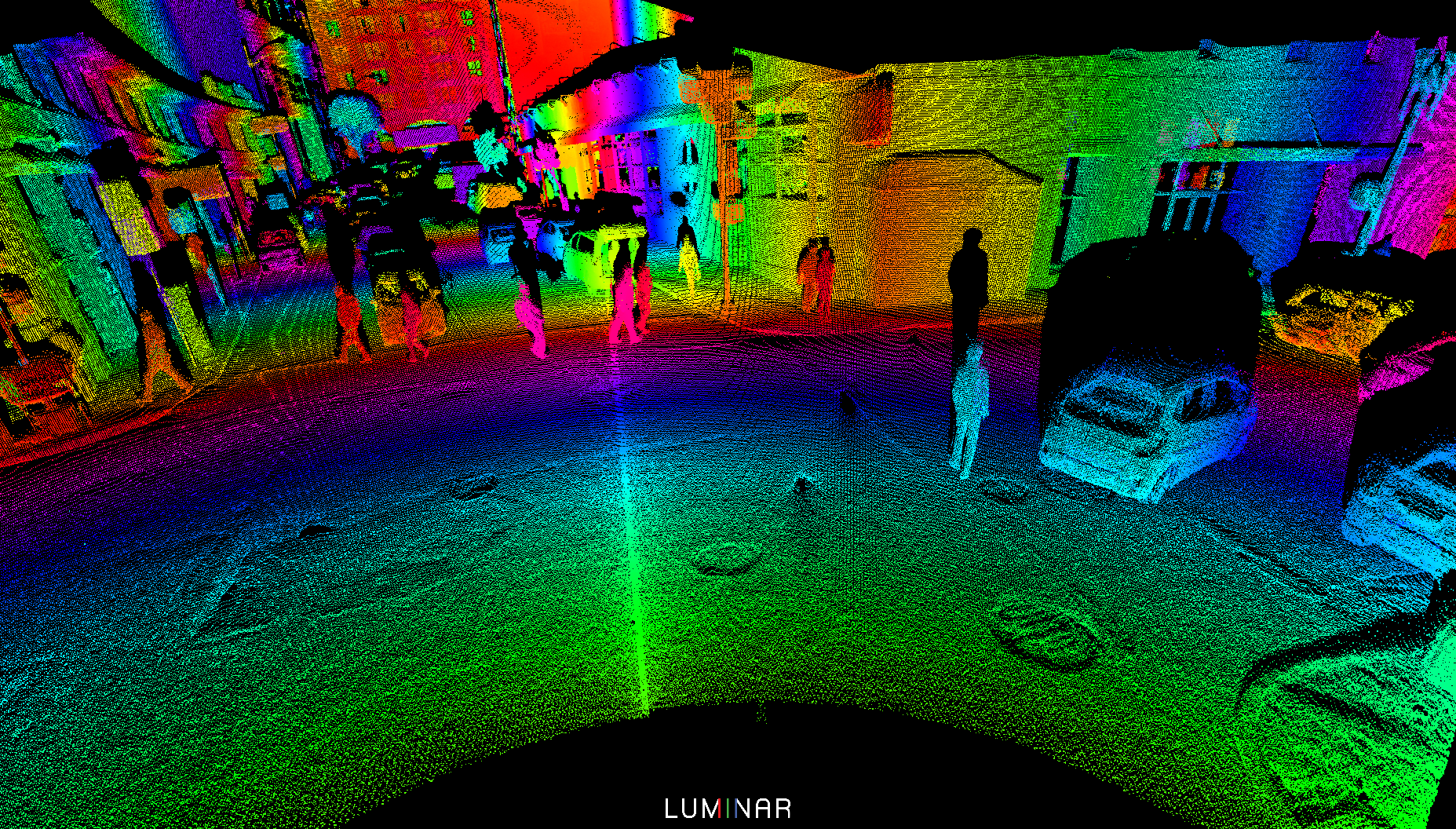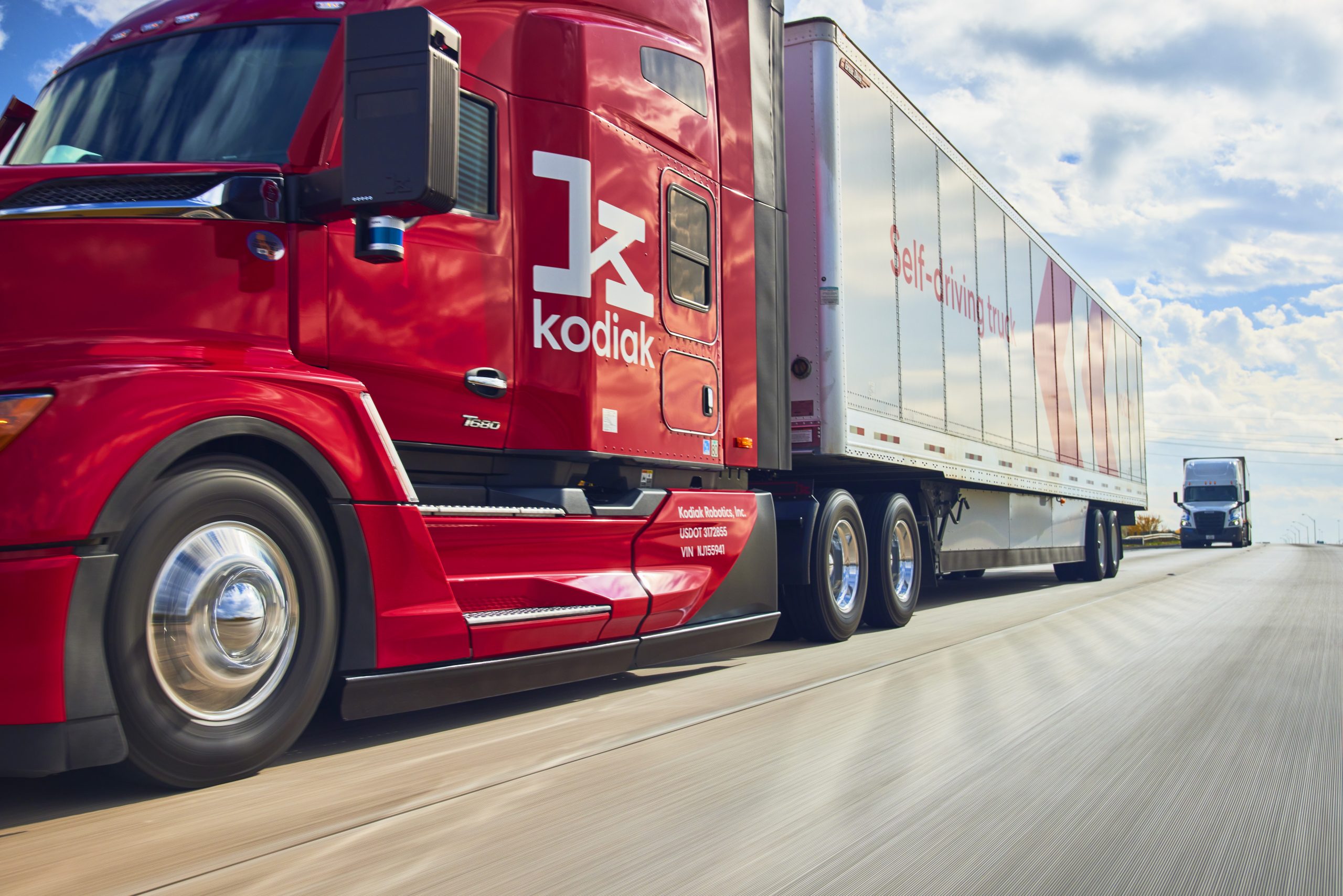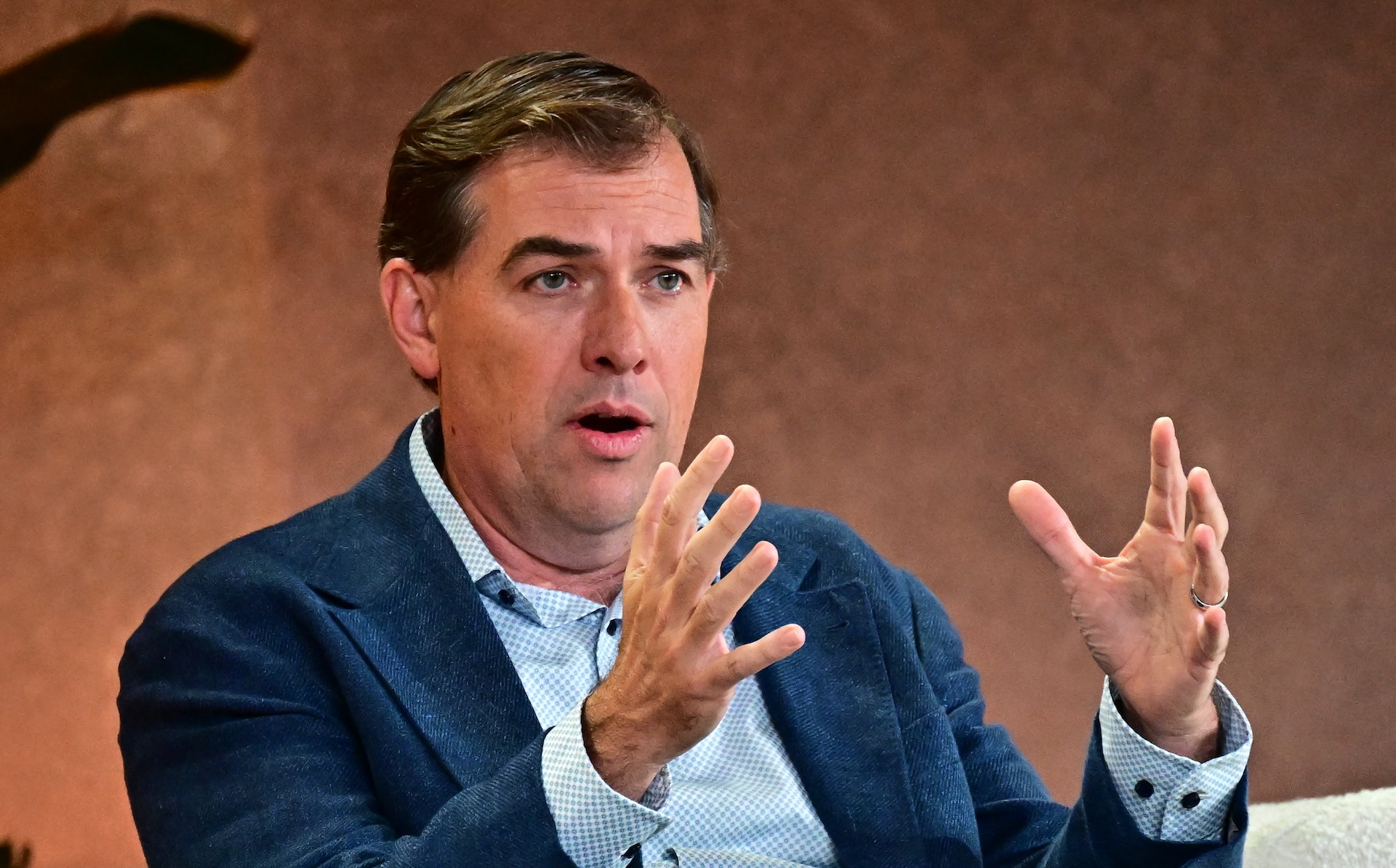
Luminar Technologies, a prominent developer of lidar technology for autonomous vehicles, is confronting a critical financial juncture, having recently disclosed that it projects running out of operational cash by early 2026. This stark warning to investors coincided with the announcement of a significant workforce reduction and the departure of its chief financial officer, signaling a period of intense restructuring and uncertainty for the company. The enterprise, once a darling in the burgeoning autonomous vehicle sector, now faces the daunting challenge of securing its financial future while navigating a complex industry landscape.
Financial Precipice and Strategic Retrenchment
The gravity of Luminar’s financial situation was laid bare in a recent regulatory filing, revealing plans for a substantial 25% reduction in its global workforce. This marks the second round of layoffs for the company within the current year, underscoring persistent difficulties in achieving sustainable profitability and managing operational costs. While the exact number of affected employees was not immediately specified, Luminar had commenced the year with approximately 580 staff members, indicating a significant portion of its talent pool has been impacted by these economic pressures. The move is a desperate measure to "staunch the bleeding" and preserve dwindling cash reserves as the company strives to extend its operational runway.
Adding to the organizational upheaval, Thomas Fennimore, Luminar’s Chief Financial Officer, is slated to depart on November 13. The company stated his resignation was to "pursue other career opportunities" and was not the result of any disagreements regarding financial reporting or with the company’s auditors. However, a CFO’s exit during such a critical financial period inevitably raises questions about internal stability and strategic direction. His departure creates a leadership vacuum at a moment when robust financial stewardship and clear communication are paramount.
Luminar’s latest disclosures paint a challenging picture of its balance sheet. As of October 24, the company held approximately $72 million in cash and marketable securities. Given its current rate of expenditure, management anticipates that without additional capital infusion, these funds could be depleted as early as the first quarter of the coming year. This scenario also carries the risk of breaching the terms of existing loan agreements, further complicating its financial standing. The company also revealed it had already missed quarterly interest payments on certain loans due October 15, though lenders have granted an extension until November 6 to rectify the overdue amounts. Ahead of its official third-quarter financial results, Luminar projected revenue of around $18 million for the period, alongside a substantial debt load of $429 million.
Leadership Turmoil and Founder’s Buyout Bid
These financial and operational challenges unfold against a backdrop of significant leadership transitions and an audacious attempt by the company’s founder to regain control. Austin Russell, who founded Luminar, was replaced as CEO in May following an unspecified ethics inquiry initiated by the board of directors’ audit committee. Despite his ouster, Russell is now actively pursuing a bid to acquire the company, a move reportedly encouraged by at least some members of the board. This intricate dynamic introduces an additional layer of complexity, raising questions about corporate governance, shareholder value, and the potential implications of taking a public company private amidst severe financial distress. A founder-led buyout could offer a path to stability or, conversely, entrench existing issues, depending on the terms and the broader market reception.
The Lidar Landscape and Market Realities
Luminar’s current struggles are not isolated incidents but reflect broader challenges within the highly competitive and capital-intensive lidar industry. Lidar, an acronym for "light detection and ranging," is a sensing technology that uses pulsed laser light to measure distances and create detailed 3D maps of environments. It is considered a crucial component for enabling higher levels of autonomous driving, particularly for its precision in varying light conditions compared to camera-based systems.
However, the path to widespread adoption of lidar in mass-produced vehicles has been fraught with hurdles. The technology remains expensive, and integrating it seamlessly into automotive design at scale presents significant engineering and manufacturing challenges. Luminar, like many of its peers, has faced intense pressure to reduce the cost of its lidar units to make them viable for automotive manufacturers. Its disclosed difficulty in selling sensors to Volvo, a key customer, at a price point that covers production costs, highlights this fundamental economic dilemma. The company was reportedly selling its sensors below cost, a unsustainable practice for any hardware manufacturer.
The autonomous vehicle sector itself has experienced a rollercoaster of hype and reality. Early predictions of fully self-driving cars dominating roads by the mid-2020s have largely given way to a more pragmatic understanding of the technological, regulatory, and societal complexities involved. This slower-than-anticipated rollout directly impacts demand for advanced sensor technologies like lidar, prolonging the timeline for companies to achieve profitability and scale.
Luminar’s Journey: From Hype to Headwinds
Luminar was founded in 2012 by Austin Russell, who was just 17 at the time, with a vision to build the "eyes" for autonomous vehicles. The company gained considerable attention for its early technological advancements and eventually went public in 2020 through a special purpose acquisition company (SPAC) merger, a popular route for many tech startups seeking rapid access to public markets during that period. This SPAC boom allowed companies with promising but unproven technologies to raise significant capital, often with lofty valuations based on future projections rather than immediate profitability.
At its peak, Luminar forged partnerships with major automotive players beyond Volvo, including Mercedes-Benz and Nissan, signaling strong industry validation for its lidar solutions. These collaborations were touted as pathways to integrating Luminar’s sensors into future production vehicles, promising substantial revenue streams. However, the transition from pilot programs and development deals to high-volume manufacturing and revenue generation has proven more arduous and time-consuming than initially projected. The economic slowdown, supply chain disruptions, and a general tightening of capital markets have further exacerbated these challenges, making it harder for companies like Luminar to secure additional funding or sustain operations solely on future promises.
Broader Industry Implications
The precarious situation at Luminar sends ripples across the broader autonomous vehicle ecosystem and the investment community. It serves as a stark reminder of the immense capital requirements and extended development cycles inherent in bringing cutting-edge automotive technology to market. Investors, who once poured billions into AV and sensor startups with the expectation of rapid returns, are now scrutinizing business models more closely, demanding clearer paths to profitability and sustainable operations.
The struggles of a prominent lidar player like Luminar could accelerate consolidation within the sensor industry. Smaller, less capitalized companies may be forced to seek acquisitions or risk collapse, while stronger players might capitalize on the opportunity to acquire valuable intellectual property or market share. It also reignites debates about the optimal sensor suite for autonomous driving—whether lidar remains an indispensable component or if advancements in camera and radar technology could offer sufficiently robust and more cost-effective alternatives for certain applications. General expert commentary often suggests that the AV market is entering a "shakeout" phase, where only the most resilient and well-capitalized companies with clear commercialization strategies will survive.
Looking Ahead
For Luminar, the immediate future hinges on its ability to quickly secure additional financing and demonstrate a credible plan for long-term sustainability. The impending deadline for loan interest payments adds immediate pressure, while the founder’s buyout attempt introduces a significant variable that could reshape the company’s trajectory. The success or failure of these efforts will not only determine Luminar’s fate but will also offer valuable lessons for the entire autonomous vehicle industry, highlighting the challenges of transitioning from innovative technology development to large-scale commercial success in a complex and rapidly evolving market. The coming weeks and months will be critical in determining whether Luminar can navigate these turbulent waters and secure its place in the future of mobility.





